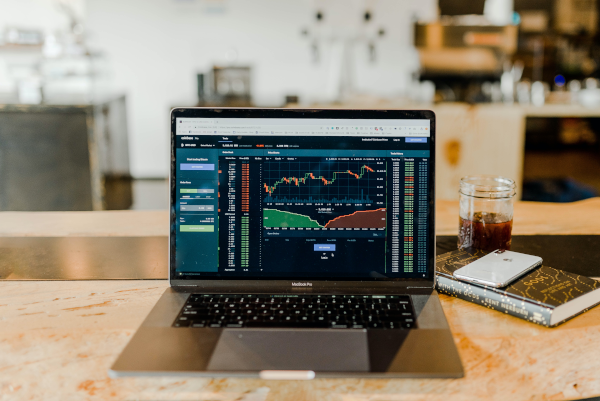How to Invest in Biotech When Deep Value Has no Discernible Meaning
Over the 13-year period covering the end of the 2008 financial crisis until the fourth quarter of 2021, the biotech industry as a whole crushed the performance of most major U.S. stock indexes. This prolonged bull market was fueled by a mix of tailwinds such as record low interest rates, massive fiscal stimulus by the U.S. government, and the insights and discoveries flowing out of the human genome project.
Biotech's dizzying pace of innovation during the prior decade produced numerous game-changing novel modalities, such as viable antibody drug conjugates, checkpoint inhibitors, genetically engineered cellular therapies, new and improved enzyme replacement therapies, functional cures for infectious diseases like hepatitis C, and many others. The net result is that scores of once completely undruggable diseases, or nearly impossible-to-treat indications, came to heel under biotech's innovation bonanza.
However, biotech's rampaging growth story came to an abrupt halt during the fourth quarter of 2021. With the prices of consumer goods skyrocketing over the past few quarters, it became readily apparent that the Federal Reserve would have to tighten its fiscal policies in order to reign in inflation. And with borrowing costs poised to rise in 2022, investors suddenly lost their appetite for risky growth stocks. Speaking to this point, the SPDR S&P Biotech ETF, which tracks the performance of mostly small- to mid-cap biotech companies, has been undergoing a lightning-quick drawdown since the final quarter of 2021.
Source Fool.com





